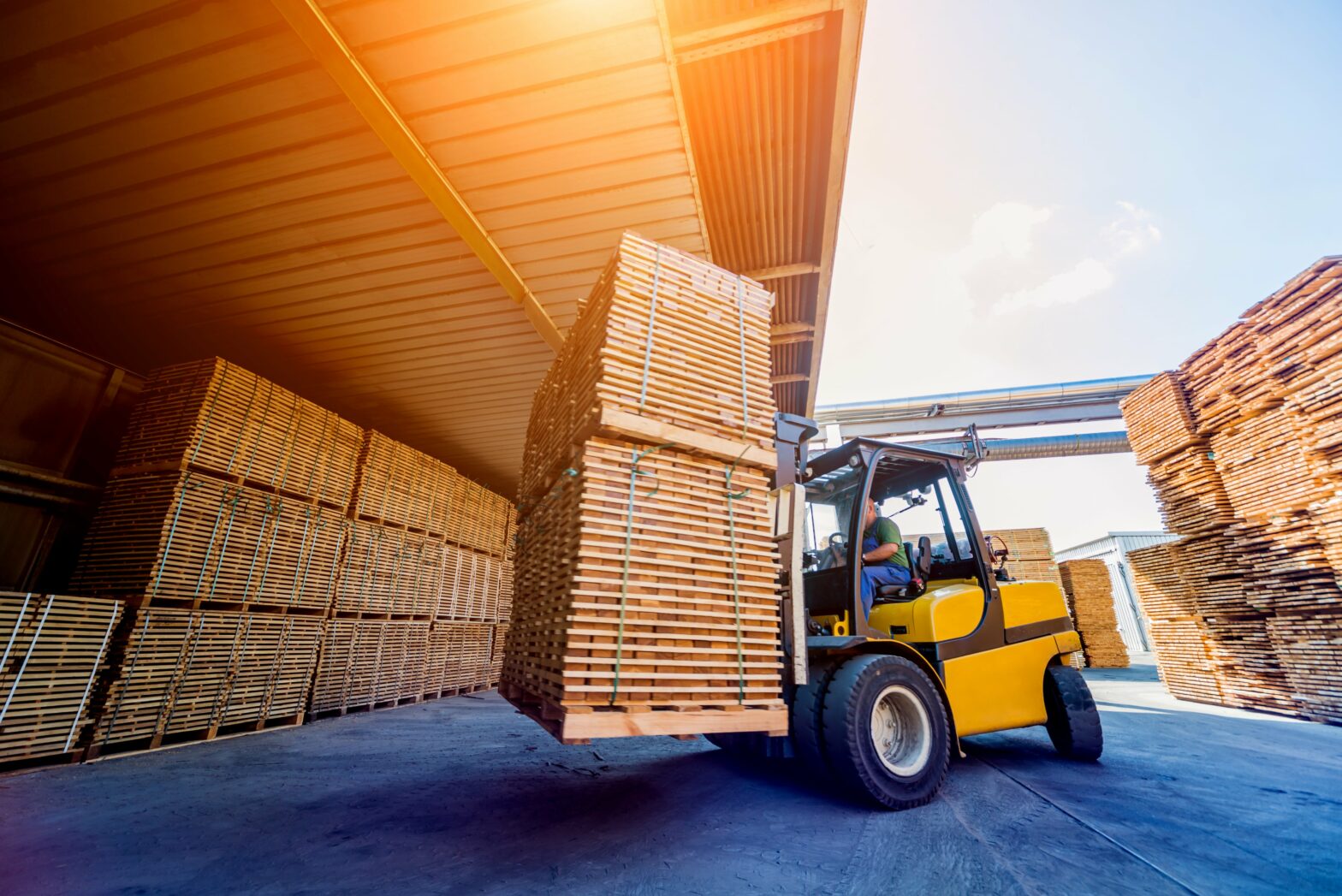The Lee Group, a leading staffing and executive search firm headquartered in Newport News, has announced new leadership as longtime executives Walt Graham and Eric Kean retire. Wes Ashworth and…
Read More

As the manufacturing industry continues to evolve, the integration of automation and advanced technologies is transforming the landscape. The rise of robotics, artificial intelligence (AI), and the Internet of Things (IoT) is driving significant productivity gains and operational efficiencies. However, this technological revolution also raises important questions about the future of the human workforce in manufacturing. Striking the right balance between automation and human labor is crucial for sustainable growth and innovation.
Read on to explore the implications of automation, the evolving roles of human workers and strategies for creating a harmonious workforce in the manufacturing sector.
The Impact of Automation on Manufacturing
Automation has revolutionized manufacturing processes by enhancing precision, reducing errors and increasing production speeds. Key areas where automation has made a substantial impact include:
- Assembly Lines: Robots and automated systems have taken over repetitive tasks on assembly lines, improving efficiency and consistency. This shift allows human workers to focus on more complex and value-added activities.
- Quality Control: Automated inspection systems equipped with advanced sensors and AI can detect defects and deviations with high accuracy. This ensures higher quality products and reduces the need for manual inspections.
- Supply Chain Management: Automation in logistics and inventory management helps streamline supply chains, reducing lead times and minimizing errors. Automated warehouses and delivery systems enhance the overall efficiency of the supply chain.
- Data Analytics: The integration of IoT devices and AI in manufacturing processes generates vast amounts of data. Automated data analytics tools can process this data in real-time, providing insights for predictive maintenance, process optimization and strategic decision-making.
The Evolving Role of Human Workers
While automation brings numerous benefits, human workers remain indispensable in the manufacturing sector. The roles of human workers are evolving in response to the increased use of automation:
- Supervision and Maintenance: Human workers are essential for supervising automated systems and performing maintenance tasks. Their expertise ensures that machines operate smoothly and can quickly address any technical issues.
- Creative Problem-Solving: Automation excels at handling repetitive tasks, but human workers are needed for creative problem-solving and innovation. Employees can develop new processes, design products, and improve existing systems.
- Customization and Adaptation: In an era of mass customization, human workers play a crucial role in adapting production processes to meet specific customer requirements. Their flexibility and creativity are vital for producing unique and tailored products.
- Interpersonal Skills: Roles that require interpersonal skills, such as team management, customer interaction, and negotiation, cannot be easily automated. Human workers excel in building relationships and managing teams effectively.
Strategies for Balancing Automation and Human Workforce
- Invest in Employee Training: As automation becomes more prevalent, reskilling and upskilling the workforce is essential. Training programs should focus on developing technical skills related to operating and maintaining automated systems, as well as soft skills like problem-solving and critical thinking.
- Collaborative Robots (Cobots): Cobots are designed to work alongside human workers, enhancing their capabilities without replacing them. Implementing cobots can improve productivity while maintaining the human touch in manufacturing processes.
- Human-Centered Design: Designing automated systems with a focus on human interaction ensures that technology complements human work rather than replacing it. Ergonomic designs and intuitive interfaces make it easier for workers to adapt to new technologies.
- Flexible Workforce Models: Implementing flexible workforce models, such as temporary staffing and freelance work, allows manufacturers to adapt to changing production demands. This flexibility ensures that the right balance of human and automated labor is maintained.
- Promote a Culture of Continuous Learning: Fostering a culture of continuous learning and development encourages employees to stay updated with the latest technologies and industry trends. Providing access to online courses, workshops and certifications can motivate employees to embrace new challenges.
Balancing automation and human workforce in manufacturing is not about choosing one over the other. It’s about leveraging the strengths of both to drive innovation and growth.
